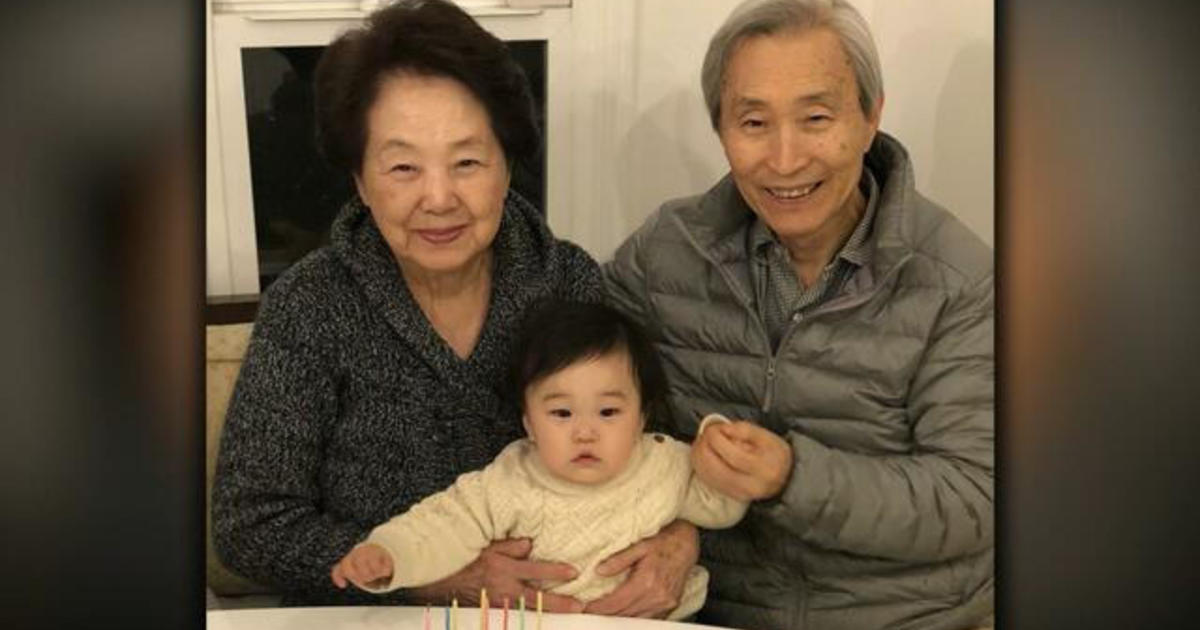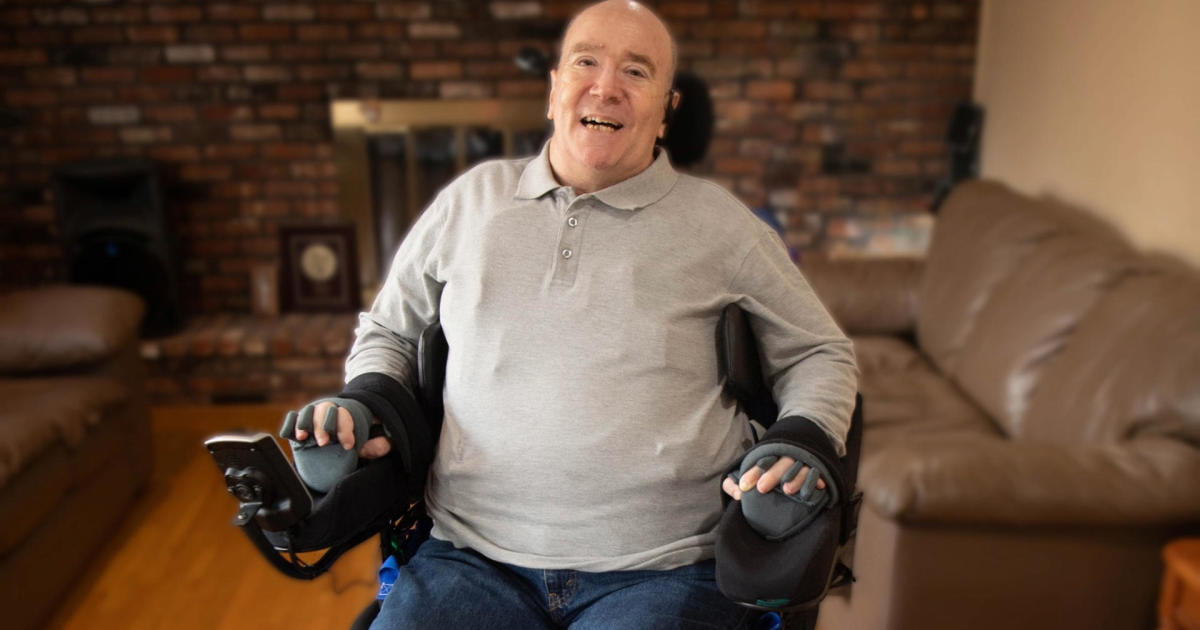How administering hands-only CPR could save a life
Health experts are trying to raise awareness about a life-saving technique at everyone's fingertips. Every year, more than 350,000 Americans suffer cardiac arrest when they're not in a hospital. Only 12 percent survive.
That's partly because fewer than half receive CPR from a bystander. Chest compressions alone, no mouth to mouth breathing needed, could triple a person's chance of survival in the critical minutes before medical help arrives.
How do you know someone needs CPR? CBS News chief medical correspondent Dr. Jonathan LaPook says to follow the three C's.
The three C's
Check
"Check to see if they are responsive," LaPook says, "Check to see if the breathing is normal. If they're not responsive and the breathing is not normal, there's something serious going on."
Call
"Call 911. Once you start CPR, you don't want to stop it."
Compress
At this point, start chest compressions. For an example of how to properly administer chest compressions, watch the video above or click this link.
Dr. LaPook says it's important to know you can only help, not hurt, someone in this situation.
"I had a situation a couple of years ago where someone had gone down, they had cardiac arrest and people were standing around. Even though somebody knew how to do it, they get frozen," he says. "I've been in that position with the families. Even if the person, God forbid, ends up dying, they just feel, at least the person had a chance. They tried."



